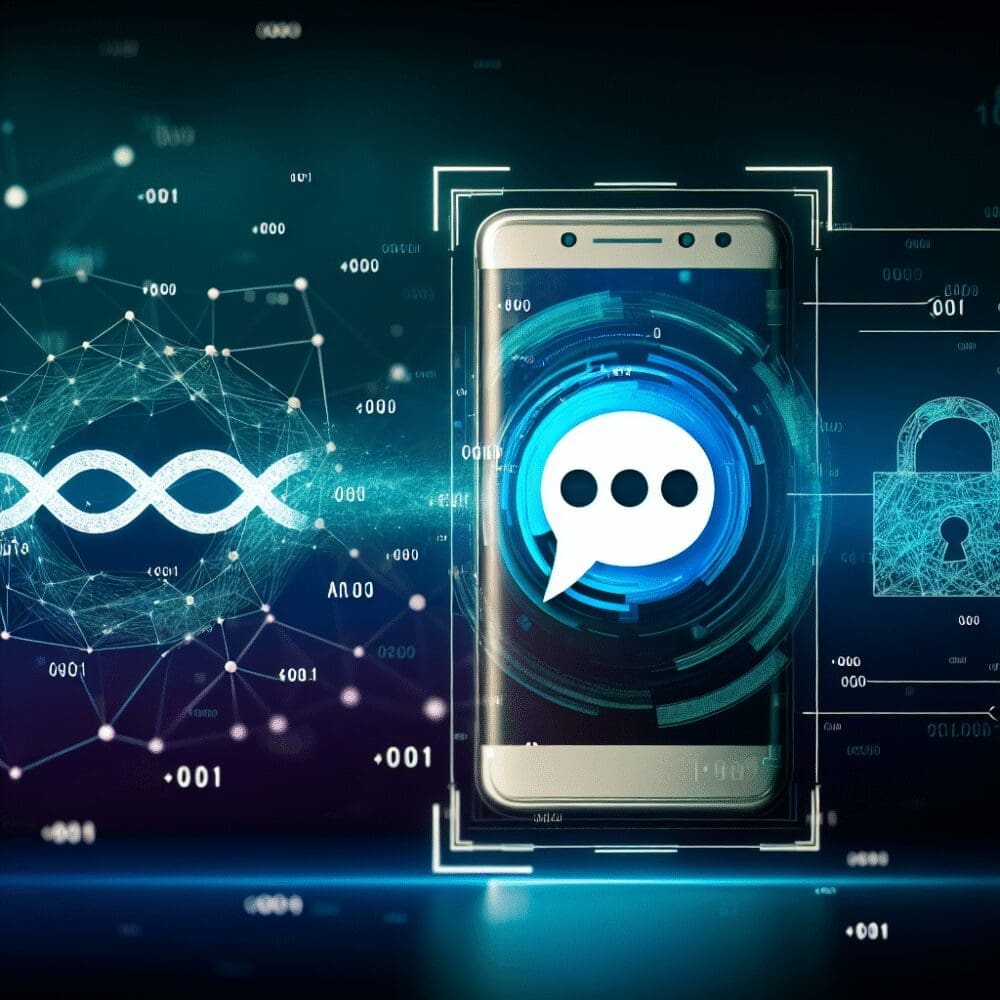Sending Amazon Cognito Notifications via WhatsApp: A Step-by-Step Guide
When it comes to managing user authentication and authorization, Amazon Cognito is a top choice for many developers. Its ability to scale effortlessly and integrate with other AWS services makes it a robust solution for managing your application’s users. However, one area where Cognito doesn’t fully cover out of the box is notifications. In this guide, we will walk you through the comprehensive steps to sending notifications from Amazon Cognito via WhatsApp.
The Prerequisites
Before diving into the steps, make sure you have the following prerequisites in place:
- An AWS account with permissions to create and manage Amazon Cognito User Pool.
- Node.js and NPM installed on your local machine.
- A Twilio account for WhatsApp API integration.
- Basic knowledge of JavaScript and AWS services.
Step 1: Setting Up Amazon Cognito
Creating a User Pool
The first step involves creating a user pool in Amazon Cognito. Follow these steps:
- Log in to the AWS Management Console.
- Navigate to the Amazon Cognito service.
- Click on Manage User Pools and then Create a user pool.
- Follow the on-screen instructions to complete the setup, paying special attention to the attributes and permissions you set.
Configuring Triggers
Amazon Cognito allows you to trigger AWS Lambda functions based on specific events like sign-ups, confirmation, and custom messages. To set up triggers, follow these steps:
- Go to the Triggers section in your user pool.
- Select the specific event where you want to send WhatsApp notifications, such as “Sign-Up” or “Custom Message”.
- Configure a new or existing Lambda function to handle these events.
Step 2: Setting Up a Twilio Account
To send notifications via WhatsApp, we will use Twilio’s messaging services. Here’s how you can set it up:
- Sign up for a Twilio account if you don’t have one.
- Navigate to the Twilio Console and find your Account SID and Auth Token.
- In the Messaging section, configure a new messaging service specifically for WhatsApp.
Step 3: Writing the Lambda Function
We need to create an AWS Lambda function that will be triggered by Amazon Cognito events and will send WhatsApp notifications using Twilio’s API. Here’s a sample Lambda function written in Node.js:
“`javascript
const twilio = require(‘twilio’);
const client = new twilio(‘
exports.handler = async (event) => {
const params = {
body: ‘Welcome to our service!’,
from: ‘whatsapp:+14155238886’, // Twilio Sandbox Number or your Verified WhatsApp number
to: ‘whatsapp:’ + event.request.userAttributes.phone_number
};
try {
let message = await client.messages.create(params);
console.log(message.sid);
} catch (error) {
console.error(‘Error sending message:’, error);
}
return event;
};
“`
You can deploy this code via the AWS Lambda Console or the AWS CLI. Make sure to replace the placeholders with your actual Twilio Account SID and Auth Token and also match the phone number format with the one you are using for your WhatsApp message service.
Step 4: Linking It All Together
With your Lambda function ready, return to your Cognito user pool and attach the Lambda function as a trigger for the desired event. For example:
- Navigate to your user pool.
- Go to the Triggers section again.
- Select the event like “Post Confirmation” and choose your new Lambda function.
Step 5: Testing the Setup
Now that everything is set up, it’s time to test the entire flow:
- Create a user in your Cognito User Pool.
- Confirm the user via email or SMS, as per your setup.
- Check the WhatsApp number for the notification message.
If everything is set up correctly, you should see the WhatsApp message coming through to the specified number.
Conclusion
Integrating Amazon Cognito with Twilio to send WhatsApp notifications is a superb way to enhance the user experience by reaching them where they are most engaged. While both services have robust documentation, combining them gives you unparalleled flexibility in managing user authentication and notifications. We hope this guide was insightful and gets you well on your way to setting up your own notification system.
Happy Coding!



